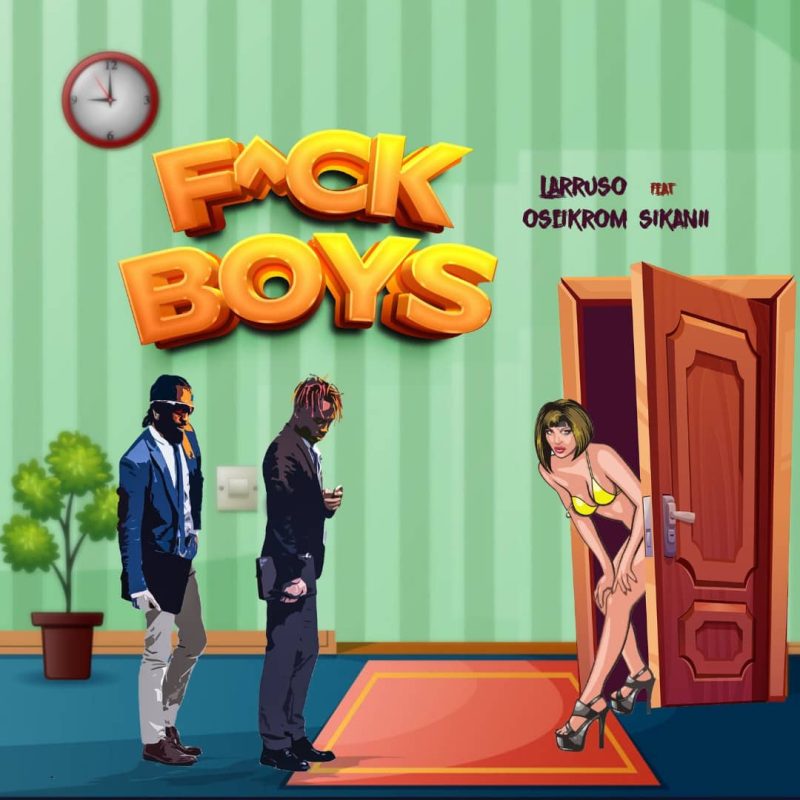New city pop compilation ‘Tanamur City’ uncovers a trove of disco and boogie music from Indonesia’s past
Written by ABR on 10/12/2021

Today (December 10) marks the release of ‘Tanamur City – Indonesian AOR, City Pop, and Boogie – 1979 to 1991’ – a compilation of Indonesian music full of groove and infectious rhythm.
The nine-song comp, released on the label Cultures Of Soul, features tracks by the likes of Iwan Fals, Andi Meriem Matalatta, Denny Malik and more. It notably applies the label ‘city pop’ to these tracks, referring to the blissful genre that has amassed an online following of devoted fans in the last few years. Many have been drawn to its era-specific style of 1980s pop music from Japan – powered by funk, jazz, disco, AOR (album-oriented rock) and synth-pop traditions, and informed by a growing affluence and evolving tech-obsessed culture in the country back then.
City pop is firmly associated with Japan. But since its modern resurgence, the term has become increasingly used to describe disco-inspired pop music from around the world, as evidenced from quick Google searches that easily unearth discussions on “city pop” from other Asian countries. While some may argue that the flexibility of the term ‘city pop’ could lead to inaccuracies and misunderstanding, ‘Tanamur City’ makes the case that the term applies well to this historical period of Indonesian pop music.
The compilation draws from the well of Indonesian music created under the ‘New Order’ of its second President Suharto, who was in power from 1966 to 1998 – a period of economic expansion that opened the country up to the world. Indonesians were exposed to foreign styles of music that, paired with imported instruments and modernised recording studios, would inspire local musicians in their own songwriting.
NME speaks to ‘Tanamur City’ curator Harry Septiandry, aka Munir, about what defines ‘Indonesian city pop’, the cultural context that informed these songs, and the difficulties of putting the compilation together.
How did the idea for a compilation come together?
“I’ve loved collecting Indonesian music since junior high. It started with cheap Indonesian radio promo records which did not have a cover, only a white sleeve – as was the marketing style of labels back in those days. There were only a few record labels back then, and they pressed records only for radio, not for the public. Nowadays, the price of these records have become expensive because of rarity and popularity.
“So there is a guy from New York who I first met in Indonesia when he was working here. His name is Eli Cohen and he had already released a compilation with Culture of Soul named ‘Tokyo Nights: Female J-Pop Boogie Funk 1981 -1988’. That gave me the idea to make one with the label. Eli introduced me to Jeff Swallom of Cultures of Soul. I’ve always loved to collect and edit Indonesian records, especially disco, and I wanted to share the knowledge I had and bring Indonesian records more affordably to others [laughs].”
How did the groundwork start for ‘Tanamur City’?
“I selected some songs that had label information on them, most of which I already play as a DJ, made spreadsheets and contacted the original record labels. I selected Indonesian records which had that ‘city pop’ feeling, along with some obscure funky music. I gave those songs to Culture of Soul and it became a process of feedback and refining.
“I personally gathered information from local young artists who were connected to older musicians. Through them, I also found out about the older Indonesia labels that are still active. We started to talk about getting licenses, but not all worked out because some required a crazy sum of money that we simply could not pay.”
“Then there was a divide within Indonesian people in appreciating local music, as upper-class folk only listened to foreign music and thought Indonesian disco was an inferior imitation”
Were the tracks on ‘Tanamur City’ difficult to source?
“Not all of them were difficult to find, as long as we knew which record label was still active here. We could easily contact them for licensing, but not all of them were easy to negotiate because Indonesia is still messy in copyright issues. Personally, I don’t know how record labels made contracts with artists back then, and so on. That was the issue.
“Not all Indonesian record labels have kept master tapes over the years, too. And then, if the record label is obsolete, we would have to contact the original artist or their family. Most of them were hard to find. It’s good that for this compilation we had the help of Musica Records, because they are still active and have been archiving all their past releases. “
In the liner notes, you talked at length about how DJs in Indonesia were able to build mobile discos, which allowed more people to hear and enjoy the music. Was this crucial in building wider appreciation for Indonesian pop music at the time?
“Yes, of course. But as I talked to older artists here, [I learned that] back then there was a divide within Indonesian people in appreciating local music, as upper-class folk only listened to foreign music and thought Indonesian disco was an inferior imitation.
Only the radio could build a wider appreciation for Indonesian music among the masses. There was a radio station named Prambors who would put out compilation albums on vinyl featuring the newest Indonesian music at the time. Alongside that, there were singing contests by record labels where the winner would have their song [included] on a compilation record.”
In recent years, “city pop” has been used as a catch-all term to describe 1980s Japanese pop music. To you, what defines the Indonesian “city pop” of this period?
“For starters, Japanese-made music instruments were able to be imported here around the ’80s. Many music studios had been established by then too, so artists could easily make music with that ‘city feeling’ in Jakarta. Aside from the influence of music outside of Jakarta, I think our busy city lights and skyscrapers also helped define Indonesian city pop.”
The New Order period had imposed strict censorship on Indonesian entertainment for decades. Did this have any effect on the music of this period?
“Yes. Well, our first president Sukarno forbade imported music, but our second president Suharto allowed musicians and listeners a little freedom just to make and listen to music. However, they were still not allowed to listen to music which criticised the government. Of course, many artists wanted to express [themselves in] music freely, in whatever they wanted to make. Records which had strong lyrics about the government were censored before they were played in discotheques and the radio.”
Were any of the surviving artists involved in the making of the compilation?
“Some of them were happy [that] their music could be listened to by people worldwide as a reissue. Some of them were not so happy, because they had not received any profit from their original labels. It was hard to contact surviving artists during this pandemic, too. With [the coronavirus] being a health concern, it was difficult to meet surviving artists face to face.”
In retrospect, have any of these artists and their music been influential in the decades since?
“There has been an influence on a lot of young artists here, surprisingly. I would also say that younger people these days have an appreciation for ’70s-’80s Indonesian music greater than audiences back in the day. There are even covers made by new independent artists today covering music from that period.”
‘Tanamur City’ is now available to purchase on CD and vinyl via Cultures of Soul Records
The post New city pop compilation ‘Tanamur City’ uncovers a trove of disco and boogie music from Indonesia’s past appeared first on NME.



 ABR Group
ABR Group